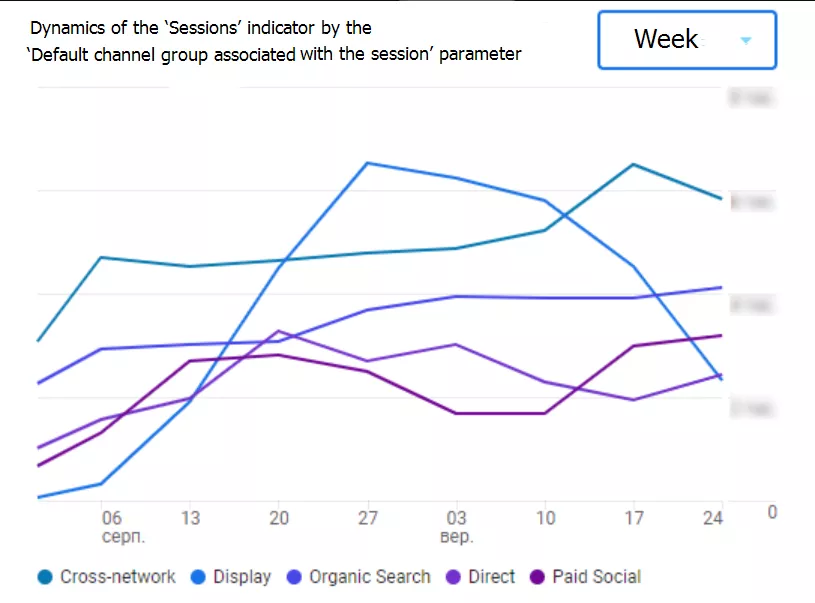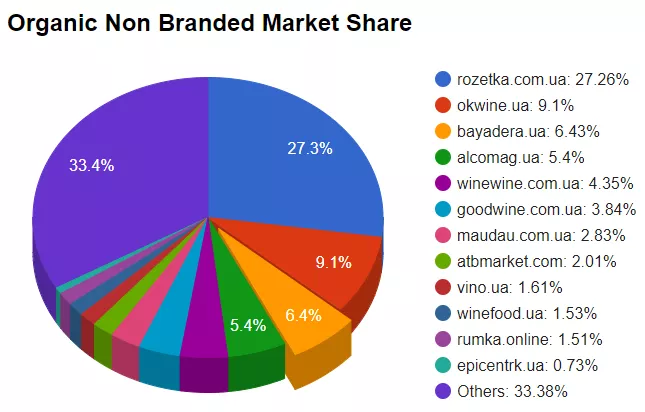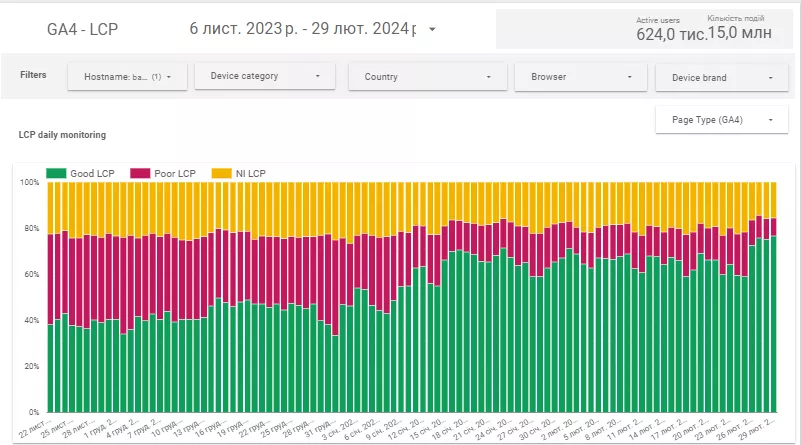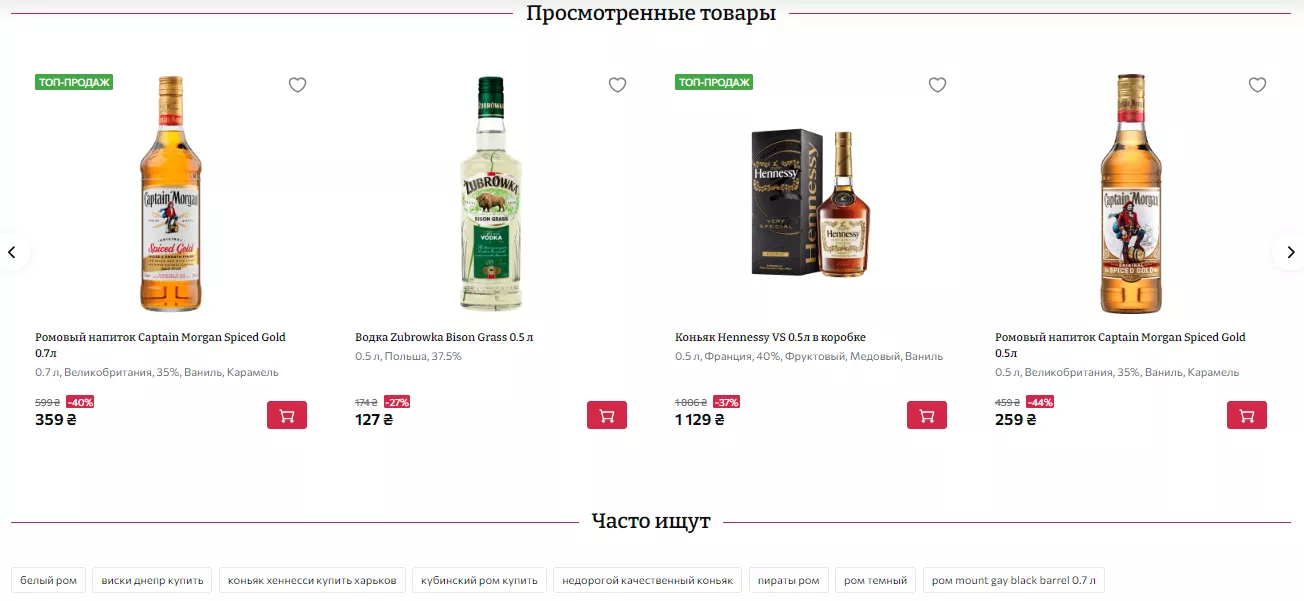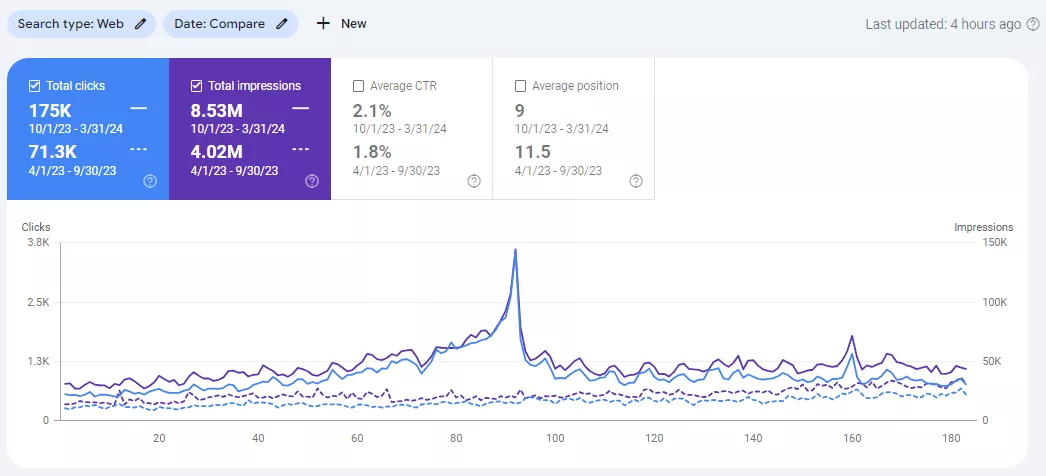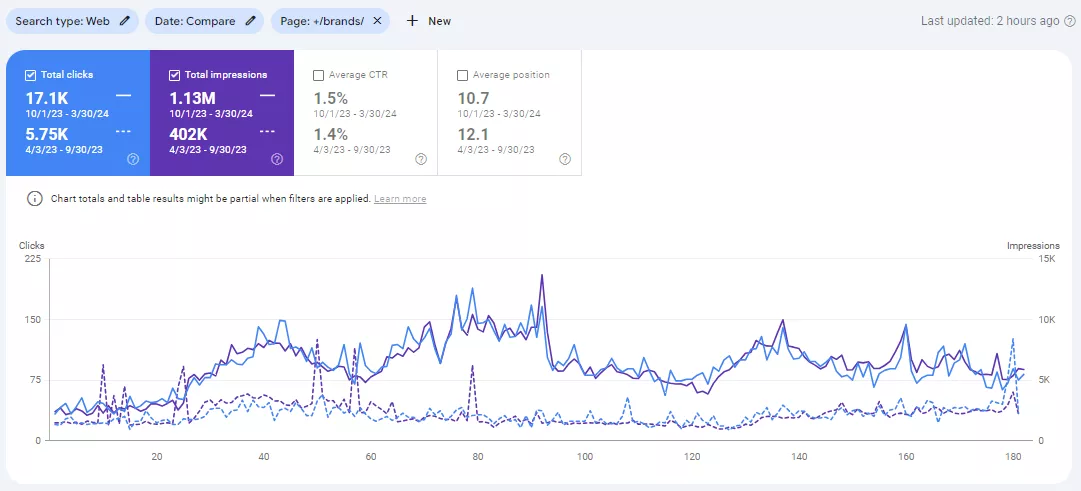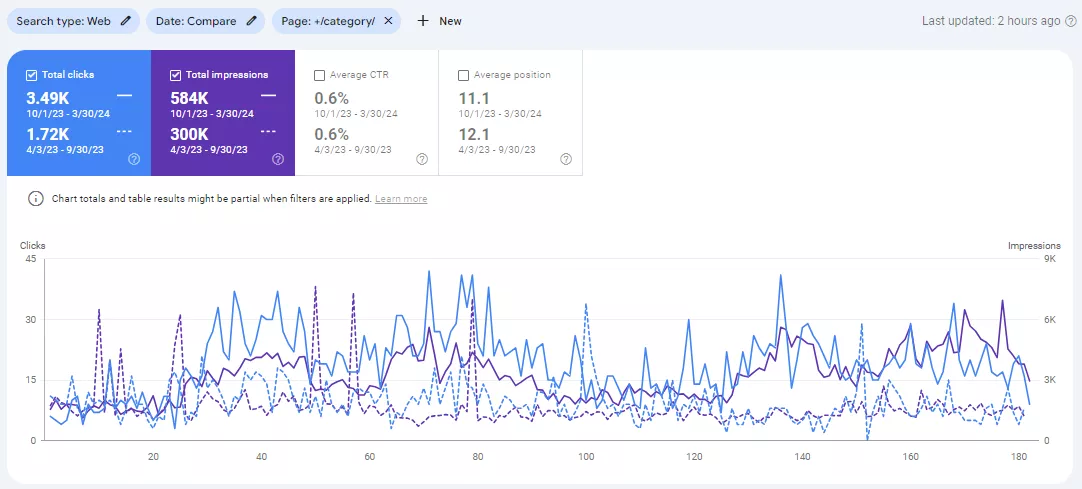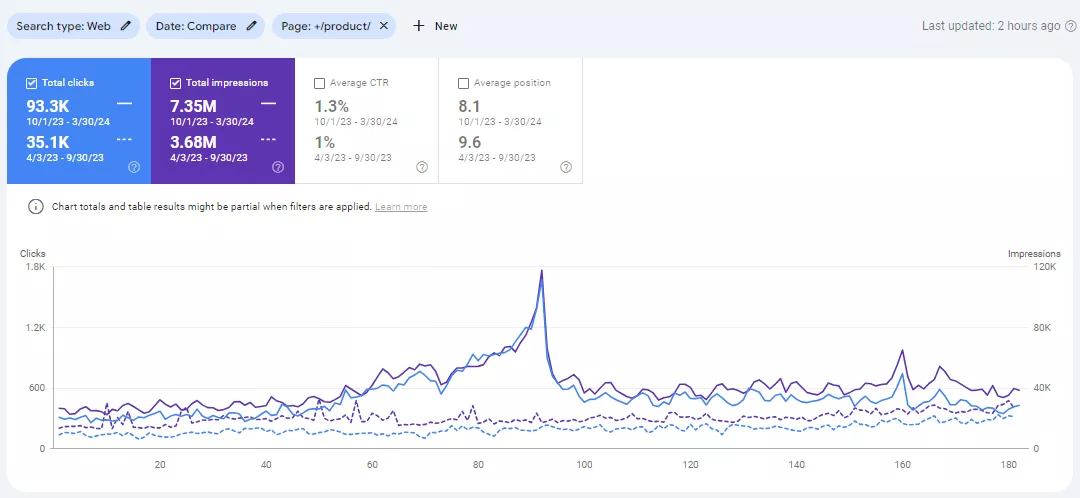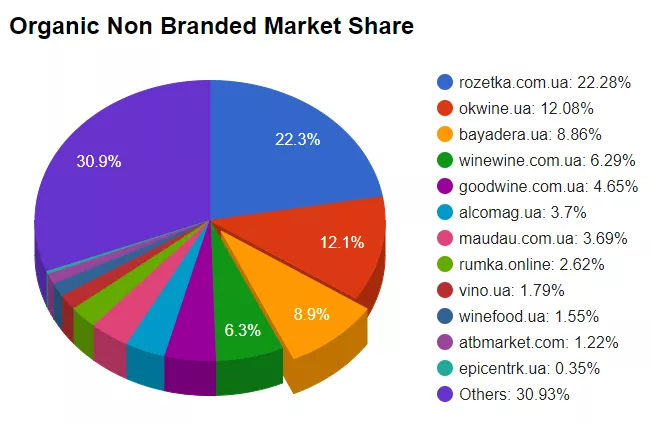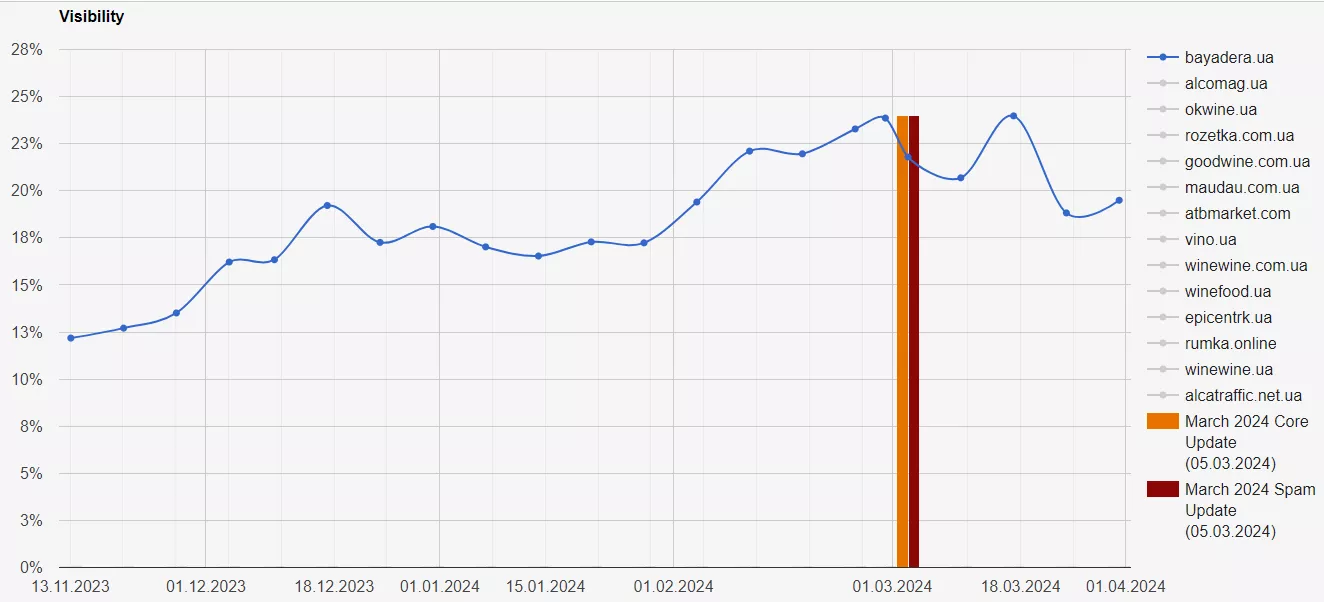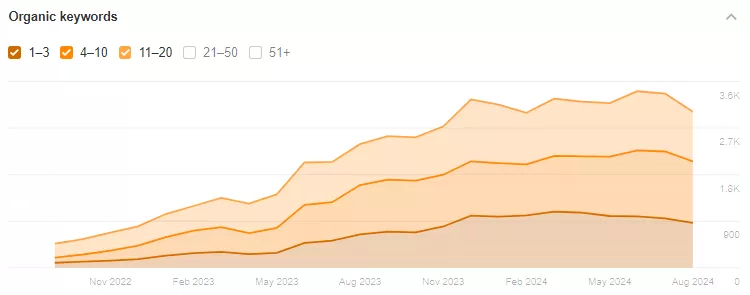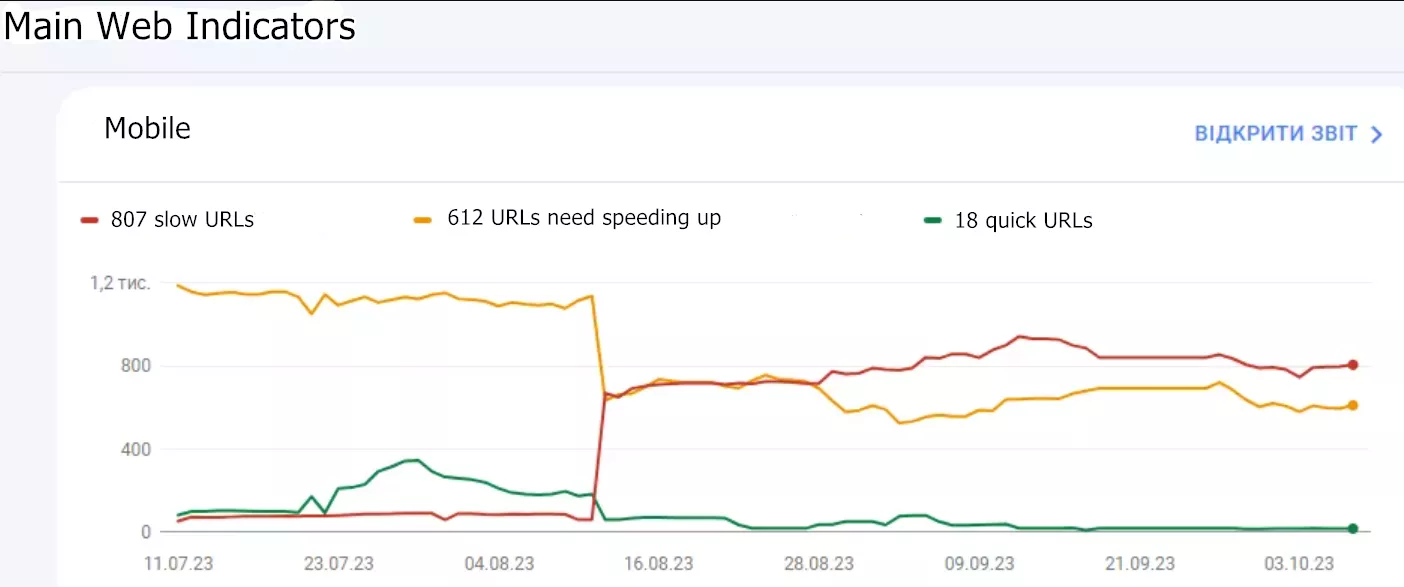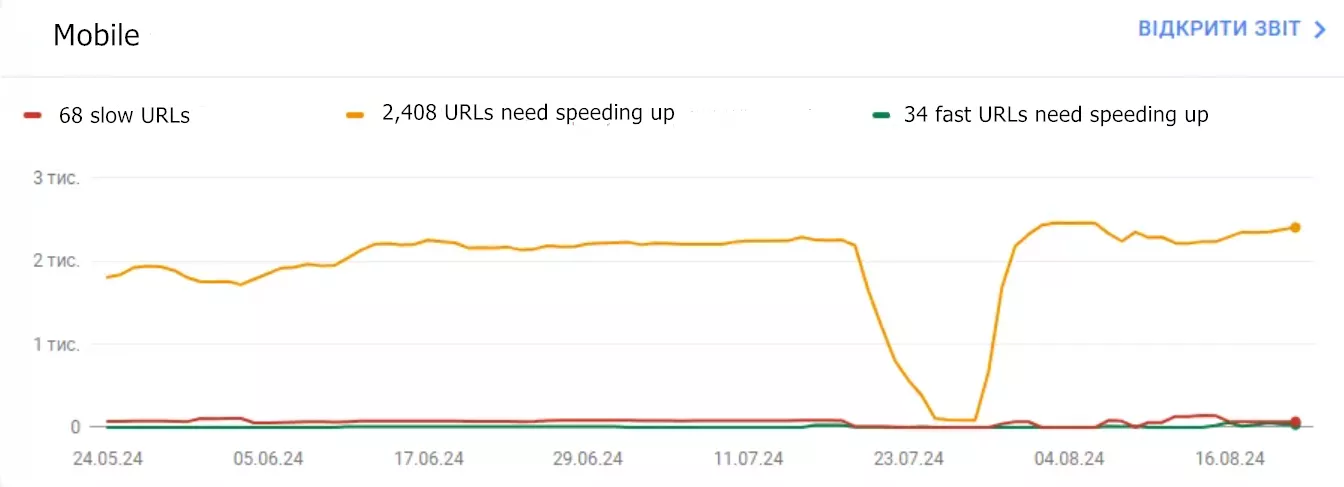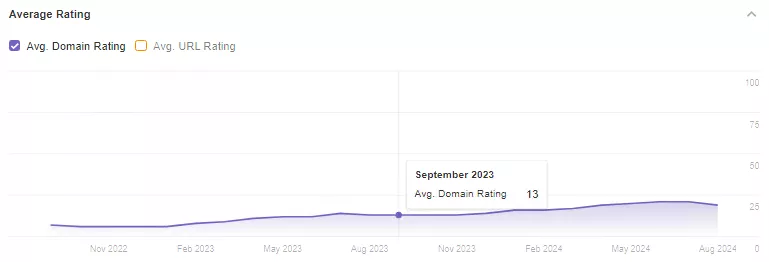Increasing Organic Traffic by 195% in Six Months in a Highly Competitive Niche: BAYADERA Case Study
Project: bayadera.ua
Promotion period: October 1, 2023 – March 31, 2024
Promotion region: Ukraine
Service: SEO
Project team: Oleksii Matuznyi (SEO Enterprise Team Leader), Serhii Yanovskyi (SEO Internet Marketer), Anna Tyshchenko, Kovinko Maksym, Oksana Smivka (SEO Specialists), and Roman Khokhlov (Project Manager).
The client
BAYADERA.UA is a branded alcohol store held by BAYADERA GROUP. The holding was established in 1991. The company covers more than 30% of the vodka market in production and sales.
It produces products under the trademarks Hlibny Dar, Kozatska Rada, Persha Gildiya, OXYGENium, wines and brandies by Koblevo, sparkling wines, and vermouths by Marengo. The company also imports products from brands such as Diageo, Moët Hennessy, Rémy Cointreau, Jägermeister, and others. It is among the top three Ukrainian exporters of alcoholic beverages and supplies its beverages to 46 countries worldwide.
Campaign objectives
For this client, we had the following goals:
- Increase site visibility and non-branded organic traffic growth.
- Increase traffic growth to prioritized brand pages, categories, filter pages, and product cards.
- Increase orders and revenue from the organic channel.
At the start of our project, paid traffic (paid advertising on Google) was the main traffic channel at 65%. This was followed by organic traffic at 21% and direct traffic at 14%:
The market share for non-branded commercial requests was 6.43% at the start of the project:
Team strategy
The alcohol niche is very competitive. The top spots are occupied by well-known marketplaces and narrowly specialized stores, and achieving results in such a niche is not easy.
Having analyzed the structure of the store, we concluded that it is well-designed and organized by page types:
- Brand (/brands/)
- Category (/category/)
- Product (/product/)
- Blog (/posts/)
This structure is convenient for both tracking and promotion.
As the site navigation was clear, we didn't make any drastic changes and instead focused on optimizing the site.
Technical optimization of the site
At the first stage of optimization, we fully evaluated the site using Google Search Console and Netpeak Spider. We found a number of errors:
- Broken links (links to non-existent pages) and internal redirects;
- Unnecessary redirects after changing the site structure;
- Wrong canonical URLs for some page types;
- Errors in the product markup for the product card, which prevented the output of extended snippets - show product rating, number of ratings, price, availability;
- Duplicate meta tags — title, description, H1;
- Low Core Web Vitals, resulting in slow site loading speed, especially on mobile devices.
These are the main technical errors that were corrected for proper site indexing by Google services. During the first month, the client implemented our main recommendations. We were then able to work with content and link equity.
We also developed a technical task to optimize the loading speed of the site for priority types of pages.
Loading speed can be measured using special services such as PageSpeed Insights or LightHouse. However, these measurements are theoretical. There are also "field" measurements, which we obtained by collecting information from real site users. This "field" data is displayed by Google Search Console.
We configured their collection through Google Tag Manager (GTM) and transferred it to Google Analytics 4 according to the guide created by Netpeak Agencies Group. We also created a report in Looker Studio for the client.
Content optimization of priority pages
In addition to the technical component, we systematically worked on the content of the site:
- We developed metadata templates (title, description, H1) for all existing category and filter pages.
- Every month, we manually created metadata for category and filter pages according to the category optimization plan.
- We also prepared TOR for texts for category and filter pages, considering users' search queries and the importance of internal text links.
The BAYADERA.UA development team implemented our recommendations on a regular and timely basis. This allowed us to improve the results of the site pages promptly. We also took into account the seasonality of search queries by prioritizing the categories with the highest frequency in three months, giving us time to work on the so-called "season." For example, we worked on queries for champagne closer to the New Year.
Internal linking
We implemented internal linking, which is especially effective for low- and medium-frequency queries.
Prior to that, we prepared the functionality for mass loading and built a block on the site. An example of an internal linking block for the desktop version:
The process of preparing functionality:
- We started by parsing search results for targeted keywords.
- Next, we selected target donor pages that are ranked by key queries and have good link weight.
- We then used this data to compile a CSV table of donor pages (where links are placed), acceptor pages (where links lead to), and link anchors.
We gave this table to the programmers for implementation on the site.
Linkbuilding strategy
At the beginning of our cooperation, the site had a domain rating (the degree of search engine trust in a resource, Ahref's internal metric) of 13 and 167 referring domains.
During the first month, we analyzed in detail the link profile of the site and its competitors: the dynamics of growth of their link mass, types of links, and types of anchors they use. Based on this data, we developed a strategy for link building, including requirements for the sites where links were placed:
- Organic traffic must be one of the first three traffic channels for the site according to SimilarWeb, as other channels can be artificially inflated.
- Traffic must originate from Ukraine.
- DR should be more than approximately 25. This criterion is an estimate, as its purpose is to screen out inauthentic and unpopular sites.
- HTTPS protocol only.
We built links mainly on brand pages, categories, filter pages, and product cards. At the same time, we also tried to provide one or two links per month to the home page.
Promotion results
1. In the six months from October 2023 to March 2024, organic traffic grew 195%:
If we compare the current promotion period with the previous one:
- Organic traffic growth: 195%
- Transaction growth: 196%
- Revenue growth: 187%
If we compare it with the same period in 2022/2023:
- Organic traffic growth: 333%
- Transaction growth: 441%
- Revenue growth: 526%
We tracked traffic to brand pages (/brands/), category pages (/category/), product pages (/product/), and post pages (/posts/) separately.
According to Google Search Console, all page types experienced growth:
- Product pages had a 297% increase in clicks and 281% in impressions.
- Product pages were up 265% in clicks and 199% in impressions.
- Category pages grew 202% in clicks and 194% in impressions.
- Post pages were up 265% in clicks and 301% in impressions.
2. The brand’s alcohol niche market share increased by 2.43 percentage points from 6.43% to 8.86%:
3. Site visibility for relevant keyword queries increased 162% from 12.18 to 19.5:
4. According to Ahrefs data, there is a positive trend in keyword queries:
5. Implementing TOR to accelerate the site has increased loading speeds, especially for mobile devices, and improved core web metrics:
6. Referring metrics also increased over the six months.
Specifically, the number of referring domains increased from 169 to 273:
Domain rating (DR) increased to 19:
Conclusions
- To grow the site, we fixed critical technical issues that prevented crawling, indexing, and ranking. At the same time, we improved existing content and added new content to the pages.
- The timely implementation of our recommendations allowed the site to rank for more search queries. This improved the site's visibility and increased organic traffic. As a result, the business received more transactions and achieved a higher revenue.
- It is also important not to stop or pause the optimization process. SEO is a gradual and cumulative process that should always be done constantly by a business.
Feedback on cooperation
Anastasiia Fedosova, Content Team Leader at BAYADERA.UA
Cooperation with Netpeak Group was characterized by a high level of interaction and teamwork. Thanks to the close coordination of our teams, we managed to achieve significant results in website promotion. I would like to emphasize Serhii Yanovskyi's contribution. Thanks to his professionalism, we identified and eliminated several critical errors on the site, which led to a significant improvement in its indexing.
The site became easier to use, faster to load, and more relevant to search engines.
We received detailed monthly reports that kept us updated on the project's progress, and the Netpeak team responded promptly to our requests and suggestions.
We are grateful to the Netpeak team for their professionalism and efficiency.
Roman Khokhlov, Client Project Manager at Netpeak Ukraine
Colleagues from BAYADERA.UA have always listened to our recommendations and tried to implement everything that was necessary for the result. I am sure that we have a lot of fruitful and effective work ahead of us.
Related Articles
How PPC, SEO and Link Building Shape Your Visibility in AI Search
Explore how PPC, SEO, and link building contribute to your brand’s visibility in AI search results. Learn how these strategies intersect and why they’re essential for success in the evolving digital landscape.
How Generative AI Rewrites Your SEO Funnel — and What to Rebuild First
Discover how generative AI is transforming the traditional SEO funnel from "search-click-buy" to new customer journeys. Learn which parts of your marketing funnel to rebuild first for AI-driven search behavior.
Fashion Marketing Case Study: Scaling Premium Women’s Apparel and Accessories Brands on Marketplaces
Discover marketplace success stories in this fashion marketing case study prepared by Netpeak US.

